After our summer break, the first trip this year took us to Foxton Beach. Arnim, our trip guide, was awaiting us at the edge of the salt marsh, where he already had installed identification cards at some of the local plant species: we got introduced to beaded samphire, oioi, arrow grass and other small marsh plants. Quite often this required going down on your hands and knees to look at tiny flowers and leaflets. We also learned about the various rushes around. From the salt marsh we went on, up the parabolic dune for a beautiful view across to the ocean and over the Manawatu Estuary, which is a wetland of international significance being a RAMSAR site. Arnim pointed out issues with the use of the area for 4WD activities, which are a thread for nesting birds and for the dune vegetation. We learned to estinguish the native spinifex (a dune stabiliser like the pingao) from the introduced marram grass and made our way down. The big enclosed flat displayed interesting plant communities. Arnim showed us the late flowering makoako, the sand wind grass and many others, while pulling out some upcoming weeds and looking for spiders on the drift wood. We did not find a katipo spider this time but learned lots about its biology and found another native spider instead. Some of the group had pulled out plastic bags to pick up some of the scattered rubbish around. After a bite to eat we made our way back, still discovering more characteristic dune and marsh plants. So many fascinating species, withstanding strong winds, storms and salt accumulation! Yet the biggest threat is man made, by weeds infestation and disturbance through vehicles. This area needs better protection and maybe a community project for some restoration work, to preserve this rich ecosystem for the future. (Text by Jorinna) |

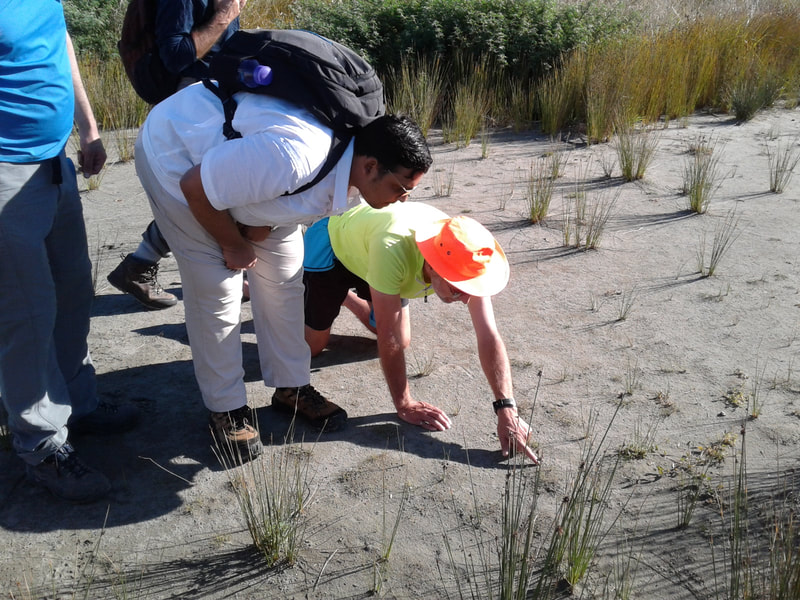
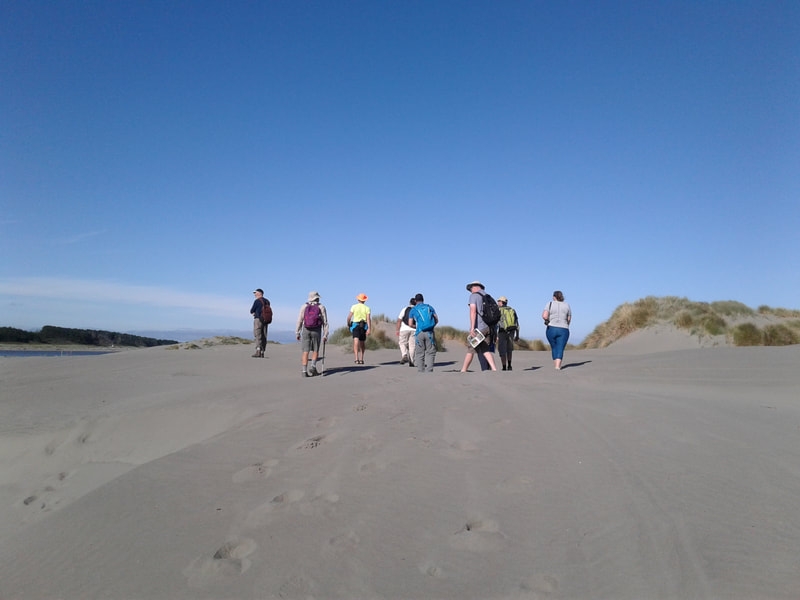
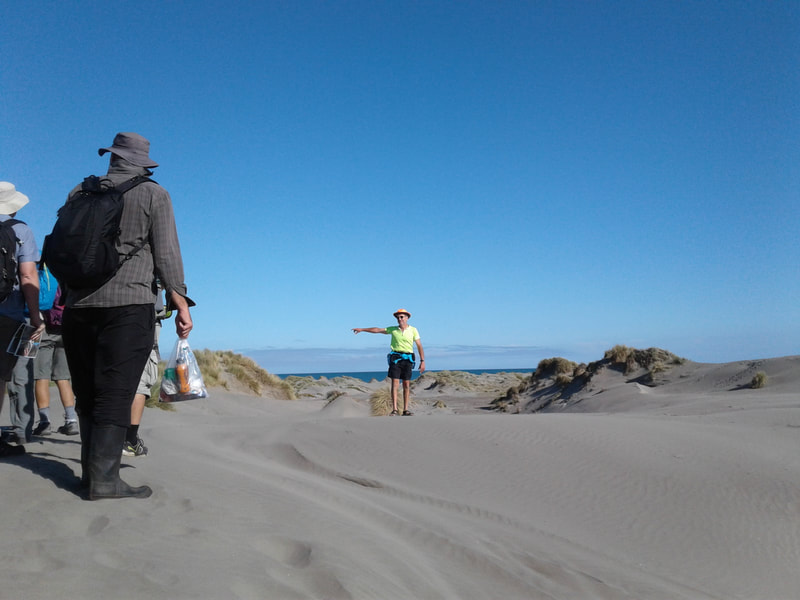
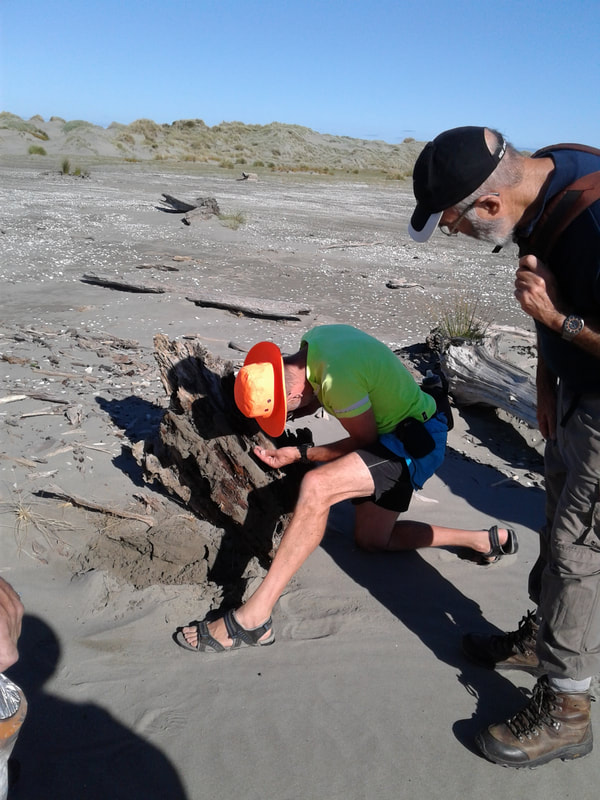
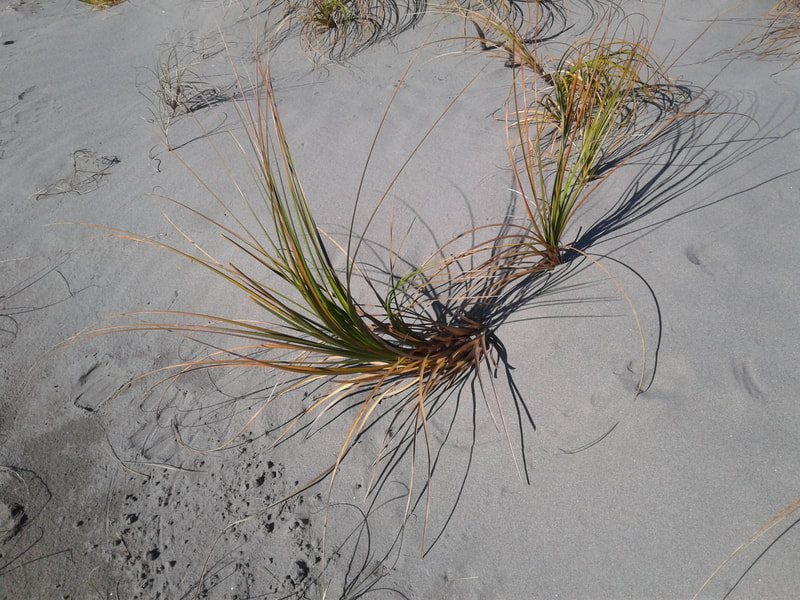
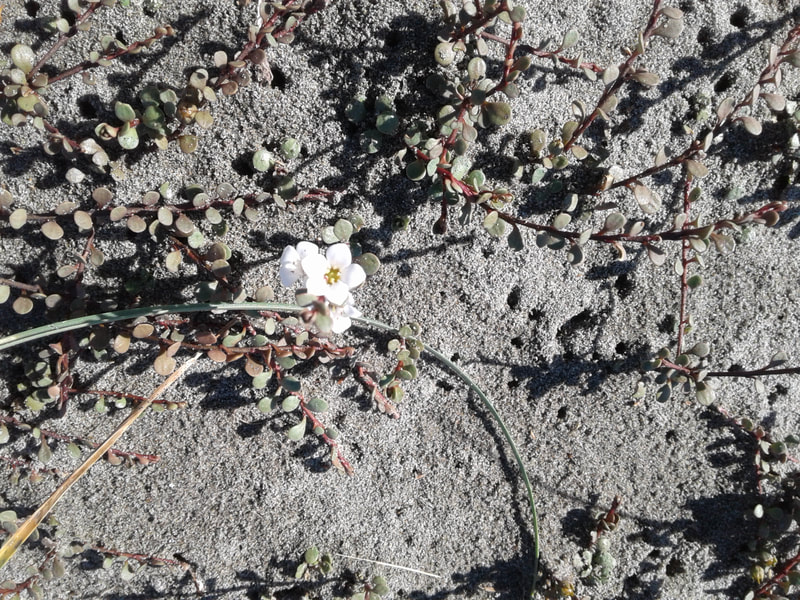
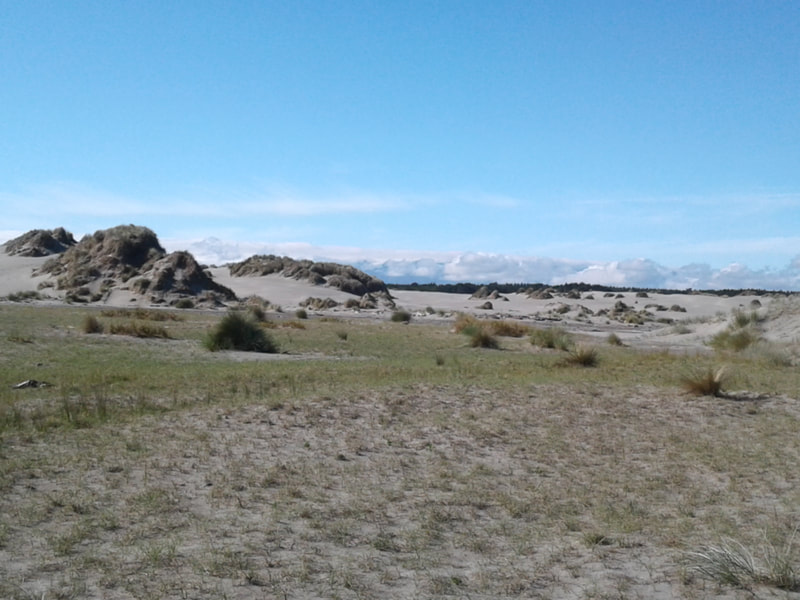
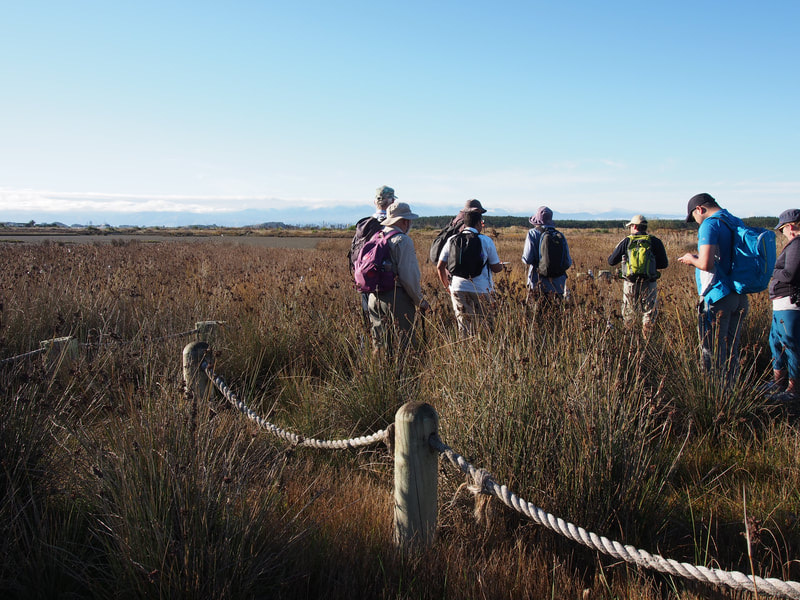
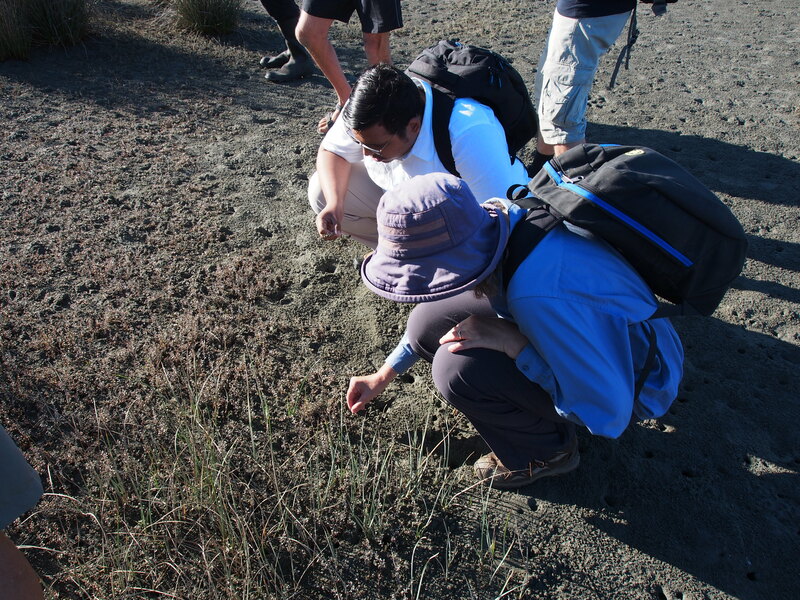
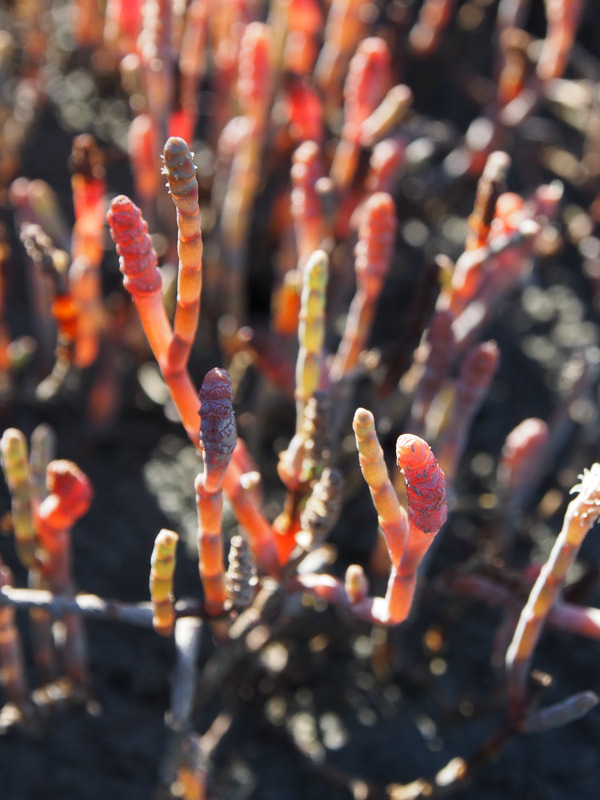
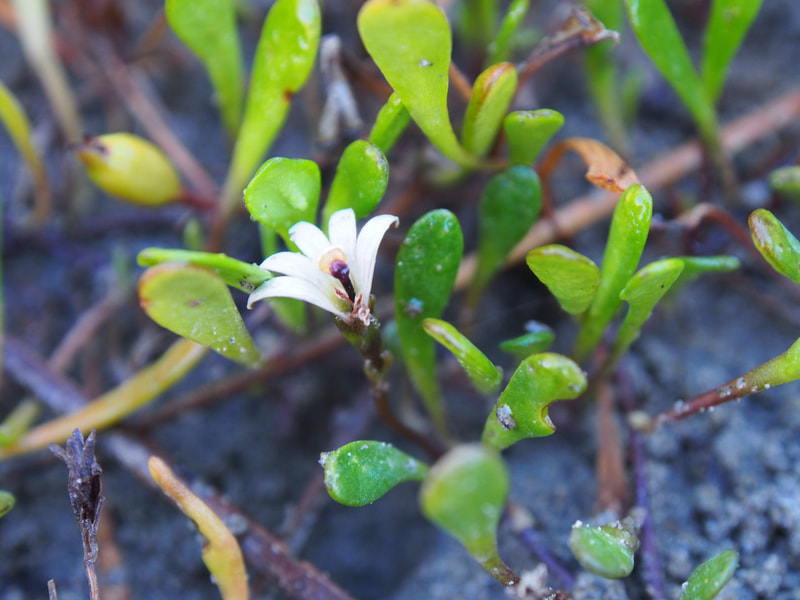
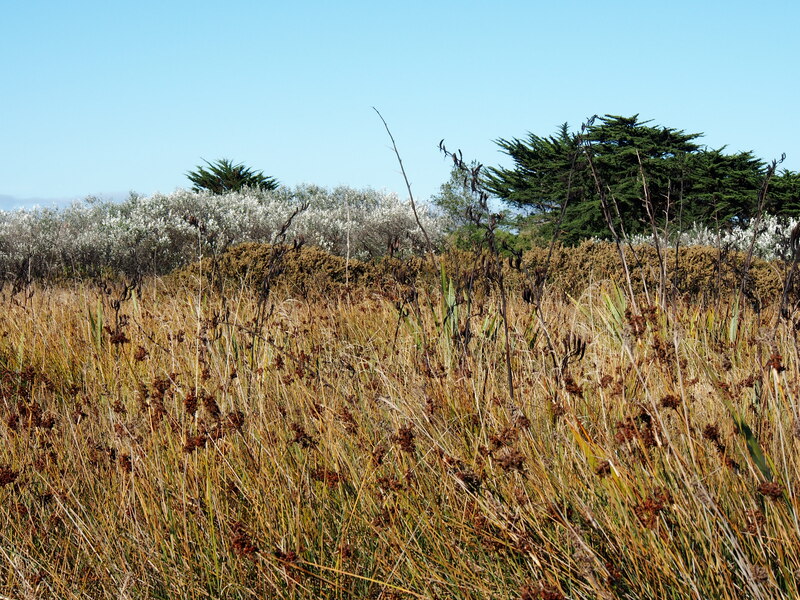
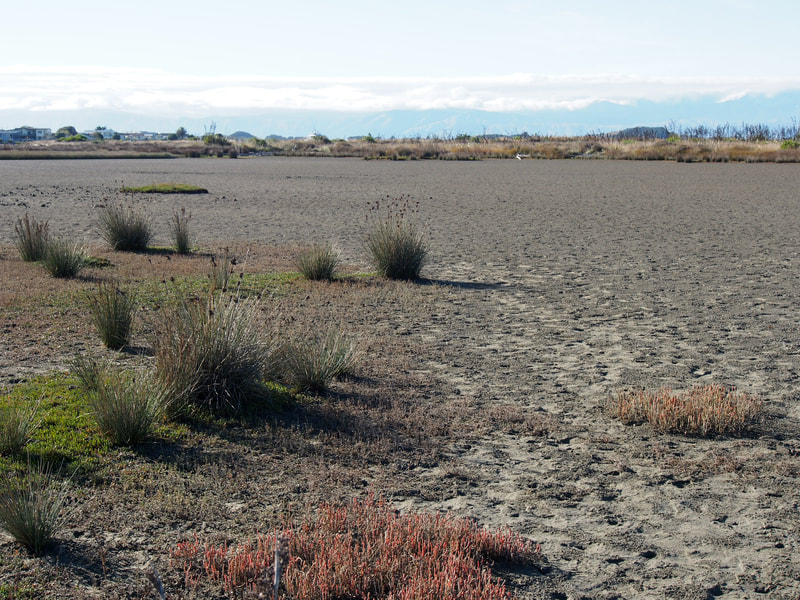
 RSS Feed
RSS Feed